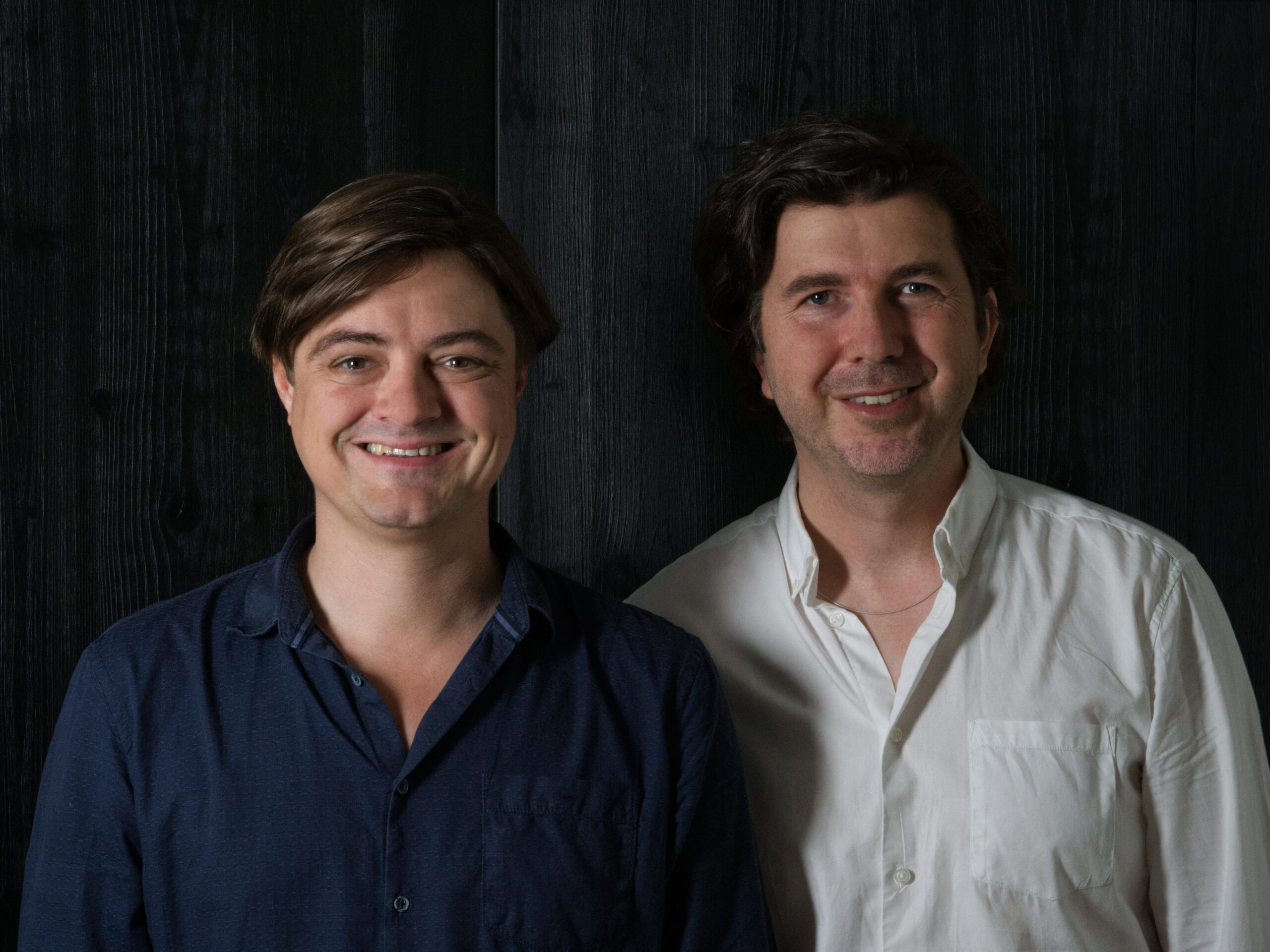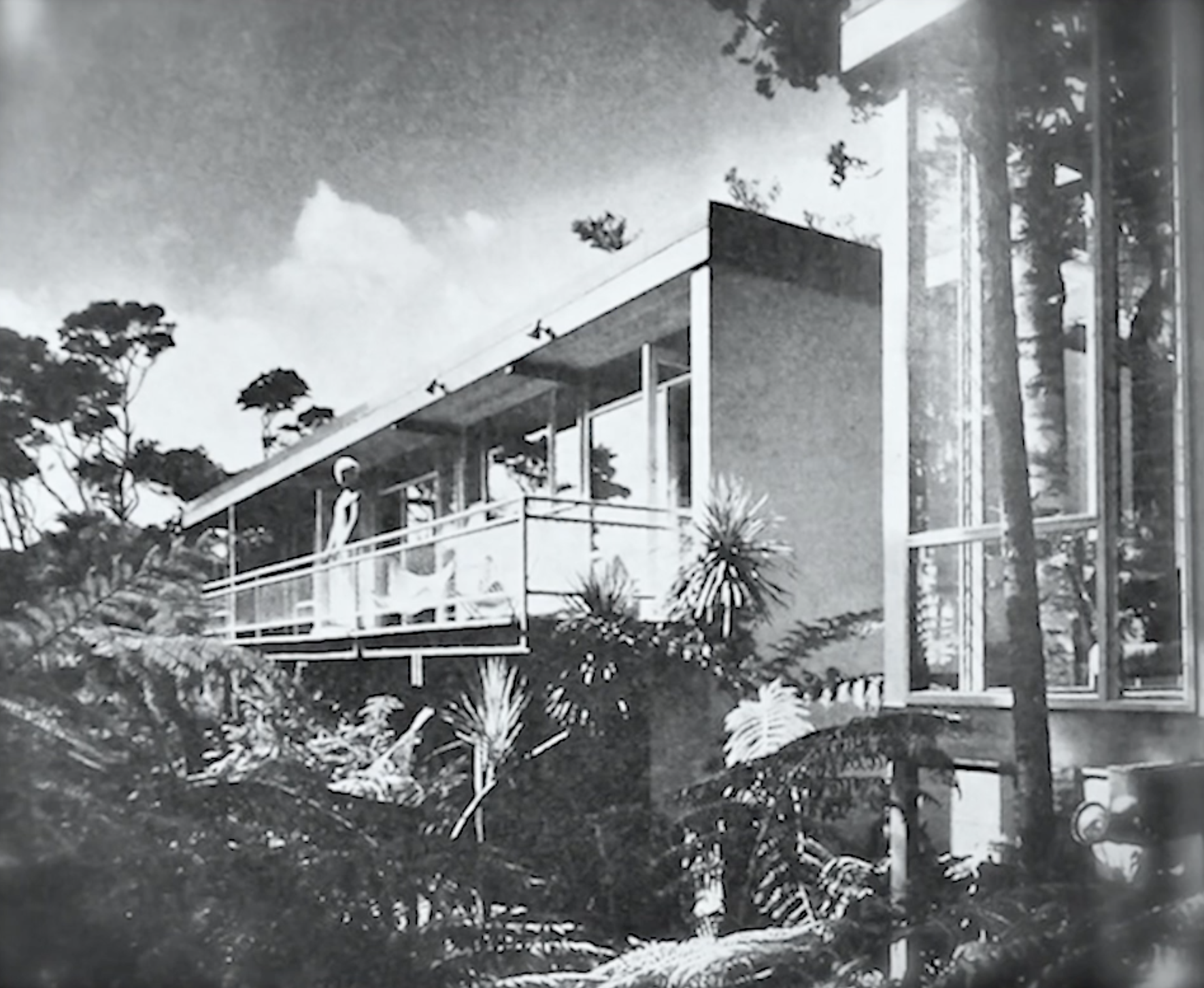The Resene Architecture and Design Film Festival is about to hit the big screen around New Zealand. Here’s a couple of highlights, selected by the HOME team.
Brown vs. Brown
Simon Mark Brown
Simon Mark Brown’s father Peter Mark-Brown died when he was 17. Brown vs. Brown is a documentary Simon first started 23 years ago. It is an in-depth consideration of mid-century modernist architecture in New Zealand and the tension between the regionalists and the internationalists. Simon explores his late father’s work during this era, how he fitted in and why he changed his name.
“The tension was such that my father changed his name from Peter Brown to Peter Mark-Brown during architecture school so as not to be confused with Vernon Brown the leading Regionalist (we were told). That speaks volumes,” Simon explains.
“This is a deeper political discussion though, as it also strays into racism and how the Internationalist European emigres were not really accepted in to society and the architectural industry, and the general conservatism of New Zealand at that time.”
This is a film that takes you on a whirlwind tour of the homes of New Zealand’s mid-century era, houses of truly astounding creativity and acumen.
It is the first New Zealand architecture film in decades, the only one on mid-century architecture, and an important look at the history of residential architecture in Aotearoa. It is visual, dramatic, funny, fascinating and tragic.
Robin Hood Gardens
Thomas Beyer and Adrian Dorschner


The now-demolished council estate Robin Hood Gardens often occupies opposing positions within the architectural imagination. Was Alison and Peter Smithson’s 1972 brutalist contribution to the London cityscape a misunderstood masterpiece or a well-intentioned failure?
Fifty years on, filmmakers Thomas Beyer and Adrian Dorschner capture the building in all its glory right before the wrecking ball brings an end to the Smithson’s magnum opus.
While the controversial East London council estate is honoured at the Venice Biennale, the film revisits the building’s critics, champions and the inhabitants themselves, to determine the true legacy of this concrete utopia.





